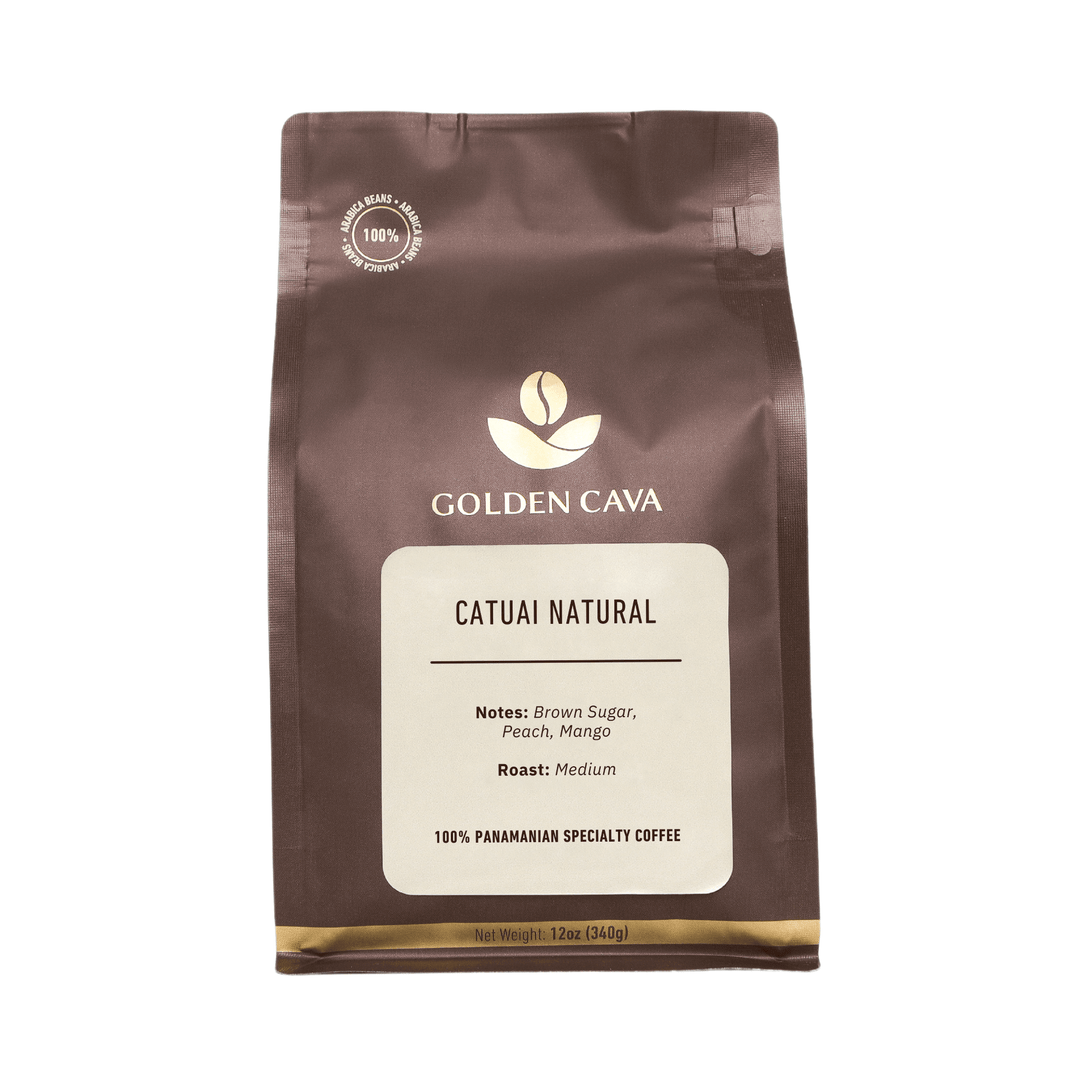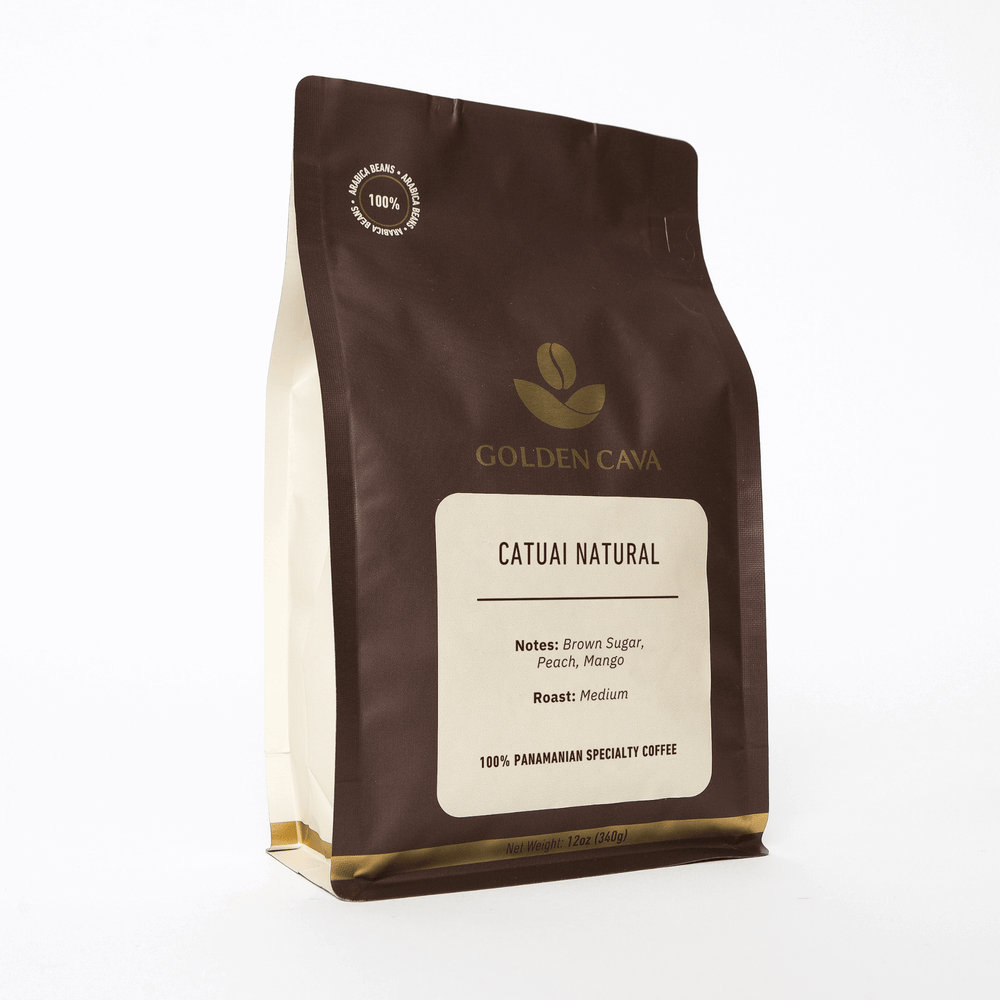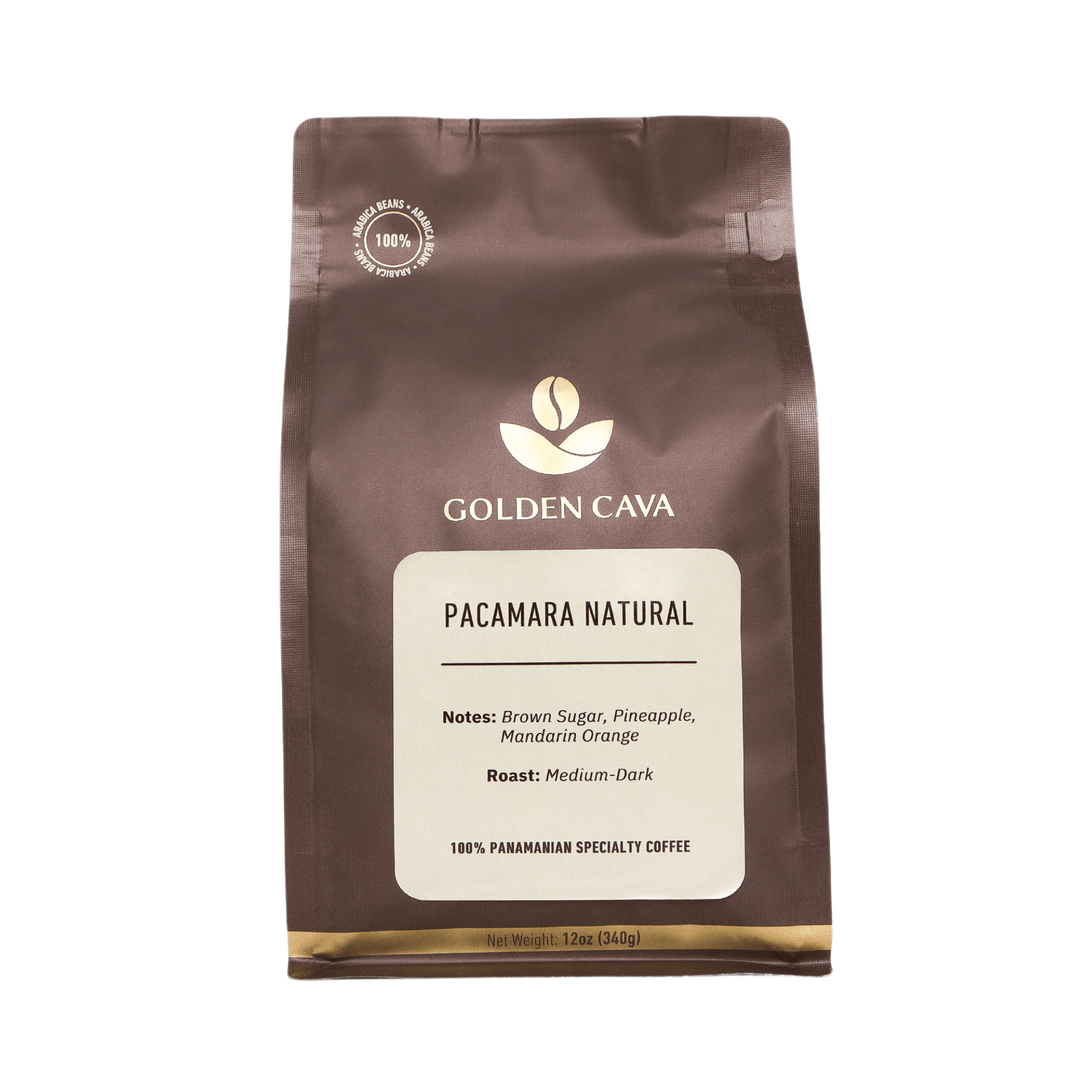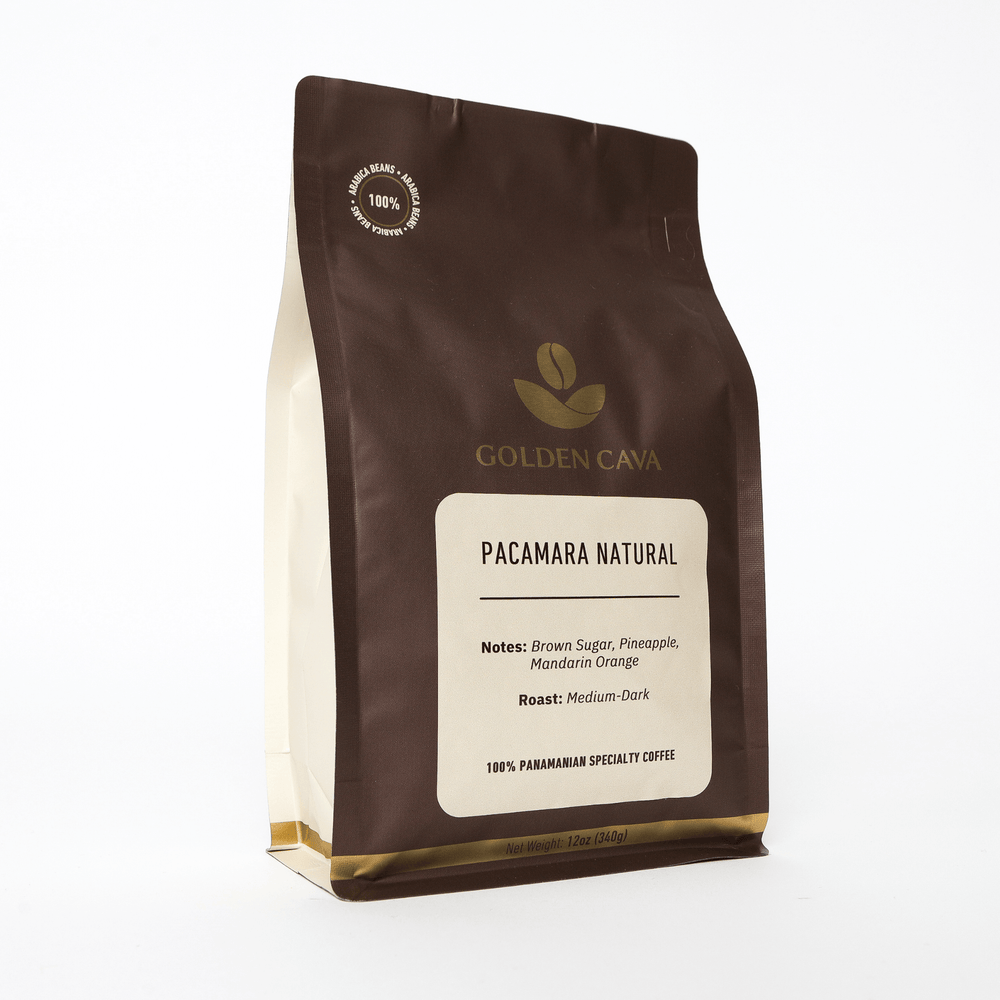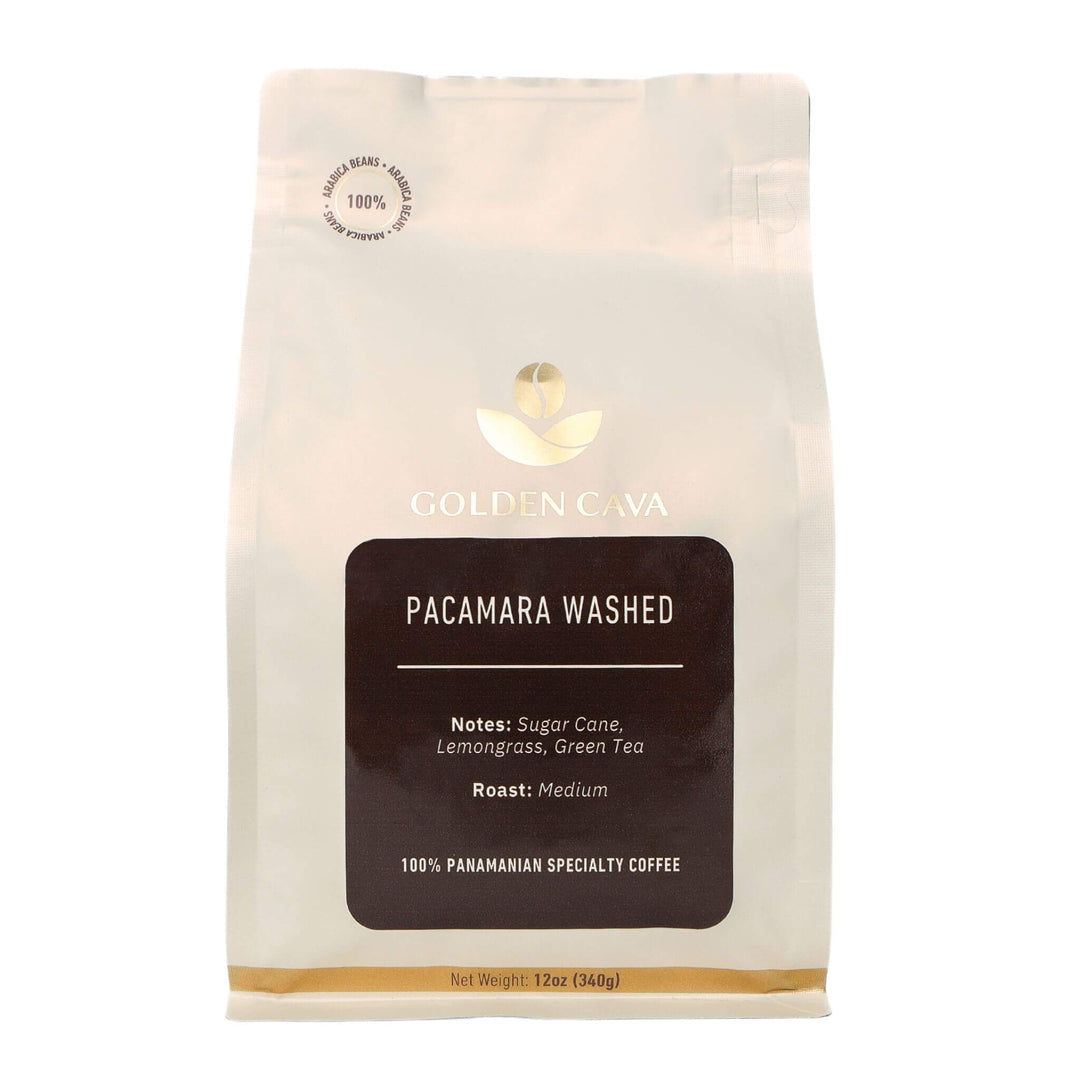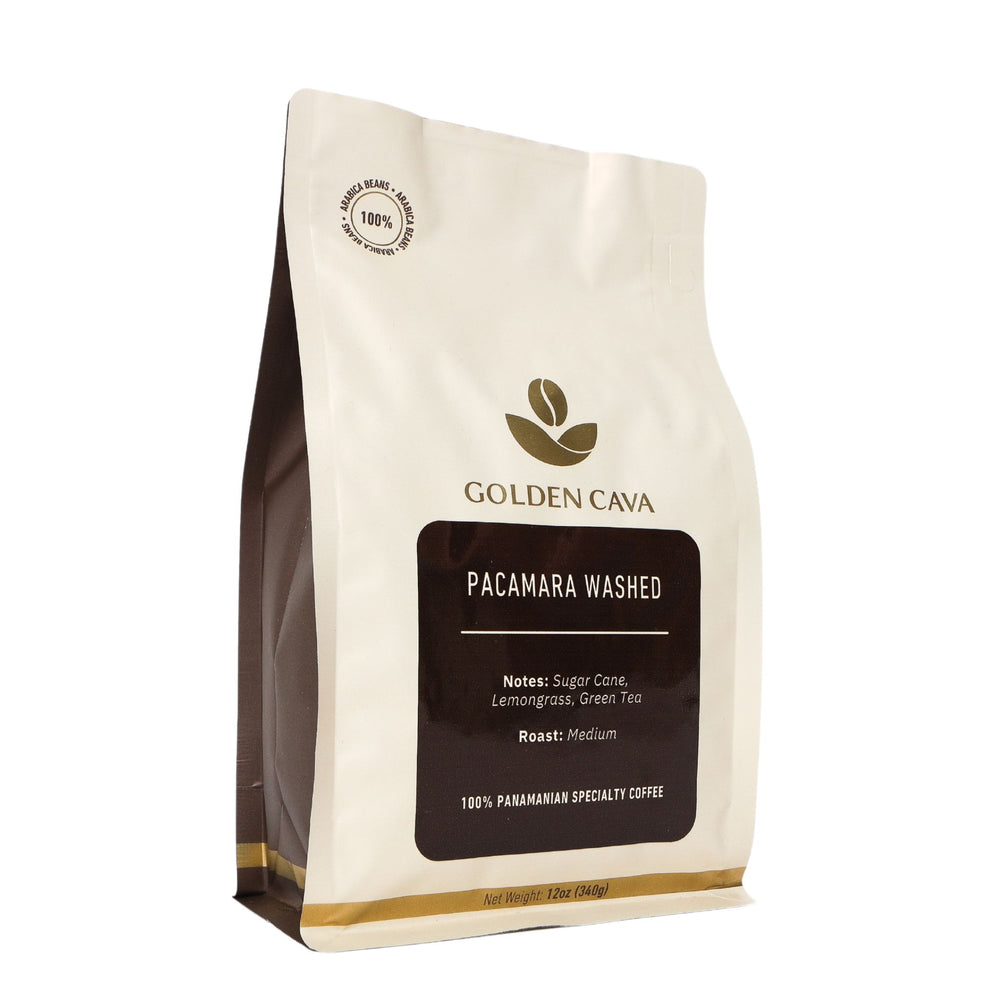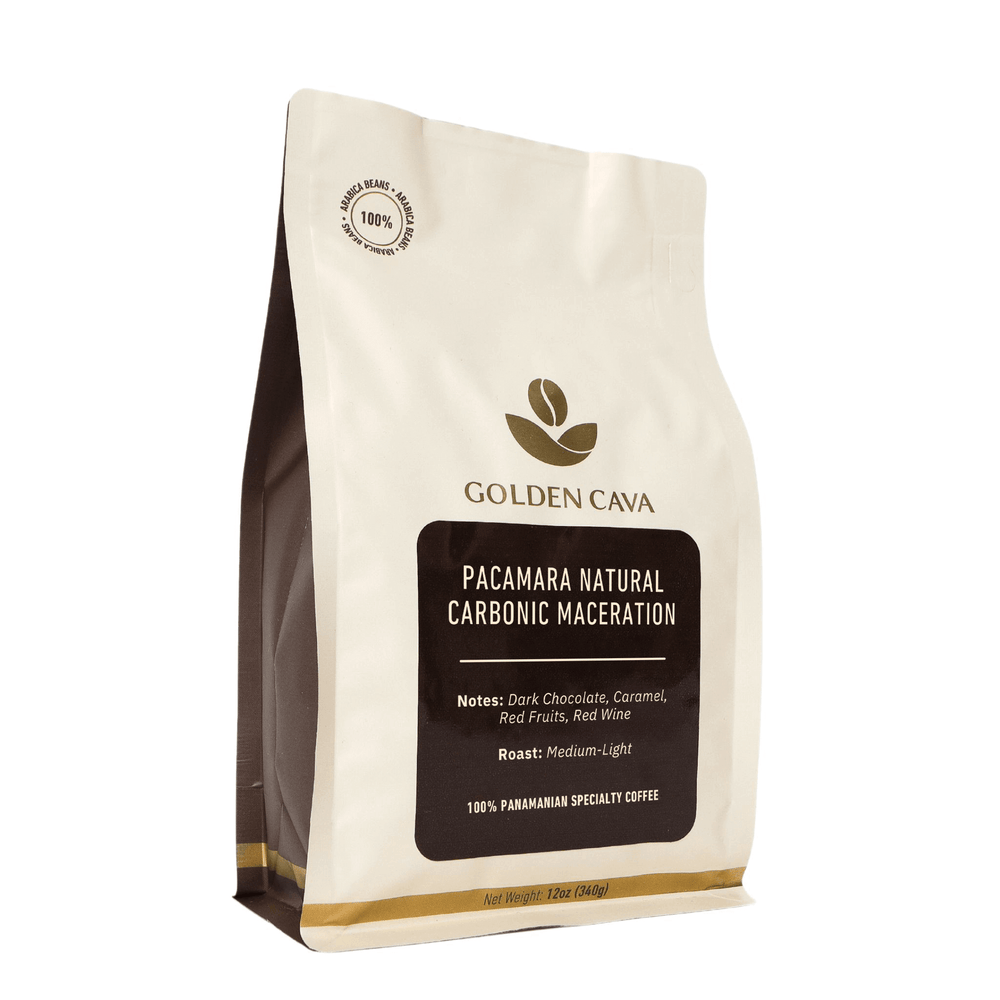Caffeine in Chocolate vs Coffee: Content and Impact
Caffeine in chocolate vs coffee: Do you ever question whether to reach for a piece of chocolate or a cup of coffee for a midday energy boost? Do you like chocolate? Coffee? Both?
Both contain the coveted ingredient caffeine, but which one is more potent? The answer may not be as simple as you think. Today, we'll compare the caffeine content of chocolate and coffee to see which packs the most punch.
So, grab a cup of coffee and your favorite chocolate bar, and let's dive in!
Table Of Contents:
- Caffeine in Chocolate vs Coffee: Content and Impact
1. Caffeine Content in Chocolate vs Coffee
Chocolate and coffee have very different caffeine levels. A serving of dark chocolate contains approximately 12 milligrams of caffeine, whereas an 8-ounce cup of brewed coffee contains approximately 95 milligrams.
That means you'd have to eat nearly eight chocolate bars to get the same caffeine as one cup of coffee. However, the amount of caffeine in chocolate compared to coffee can vary depending on the type of cocoa beans or coffee beans used and how they are prepared.
Caffeine Levels in Different Types of ChocolatMilk Chocolate: Milk chocolate usually has less caffeine than dark chocolate because it has fewer cocoa solids. A typical milk chocolate bar might have about 9 milligrams per ounce.
-
Regular Dark Chocolate: The caffeine content of regular dark chocolate is determined by the percentage of cocoa solids. Higher percentages generally mean more caffeine, ranging from 5 to 20 milligrams per ounce.
-
Unsweetened Baking Chocolate: Unsweetened baking chocolate has a higher concentration of cocoa powder than other types, so it contains more caffeine - up to 35 milligrams per ounce.
-
Cocoa Powder: The powdered form from ground cacao bean is commonly used for making hot drinks like hot cocoa or as a flavoring when cooking/baking; it contains approximately 12 milligrams of caffeine per tablespoon.
-
White Chocolate: White chocolate contains no cocoa solids, only cocoa butter, and thus has little caffeine.
-
Chocolate Milk: Chocolate milk made with cocoa powder or chocolate syrup contains little caffeine. Some commercial brands of chocolate milk, however, may contain caffeine. For example, some chocolate milk brands marketed as energy drinks may contain up to 100 milligrams of caffeine per serving, while others may contain as little as 2 milligrams or none.
-
Hot Chocolate: Traditional hot chocolate made with cocoa powder or chocolate syrup contains little caffeine. Some commercial brands of hot chocolate mix, however, may contain caffeine. For example, a typical serving of Swiss Miss hot chocolate contains only about 5mg of caffeine, whereas a serving of Starbucks hot chocolate contains 8mg of caffeine.
Caffeine Levels in Different Types of Coffee
- Brewed Coffee: A standard (8-ounce) cup of brewed coffee can contain anywhere from 80 to 200 milligrams of caffeine, depending on the brewing method and the coffee-to-water ratio used during preparation.
- Espresso: A single shot (1 ounce) of espresso typically has around 63 milligrams of caffeine. However, this amount may vary based on bean type and roasting process.
- Cold Brew Coffee: The cold brew method extracts more caffeine than hot brewing methods due to its longer steeping time. An average serving size (8 ounces) can have between 100 and 150 milligrams of caffeine.
- Decaf Coffee: Decaffeinated coffee still contains some residual amounts of caffeine - usually ranging from about two to five milligrams per cup.
Aside from these common types, specialty items such as chocolate-covered espresso beans offer a combination for those who enjoy both flavors. The exact amount of caffeine in chocolate-covered espresso beans will vary depending on the product. However, expect a range of six to eleven milligrams per single dark chocolate covered coffee bean.
Caffeine levels in chocolate and coffee can vary greatly depending on the product. Moving on to the health advantages, it is critical to consider how each option affects our bodies differently.
Key Takeaway: This article compares the caffeine content of chocolate and coffee, pointing out that dark chocolate has about 12 milligrams per serving while an 8-ounce cup of brewed coffee has 95 milligrams. Milk chocolate contains less caffeine than dark chocolate, but baking and cocoa powder can contain up to 35 milligrams per ounce. Espresso shots typically contain 63mgs, cold brew between 100-150 mgs, and decaf 2-5 mgs; specialty items such as espresso beans covered in dark chocolate contain 6 - 11 mgs each.
2. Health Benefits of Chocolate vs Coffee
Chocolate and coffee have several health benefits, making them more than just tasty treats. When consumed in moderation, these two popular indulgences can contribute to improved overall well-being.
Health Benefits of Chocolate
Chocolate, especially dark chocolate with a high cocoa content, is high in flavonoids, which are antioxidants. These compounds have been linked to a variety of health advantages, including:
- Improved heart health: Flavonoids help lower blood pressure and reduce the risk of cardiovascular diseases.
- Reduced inflammation: The anti-inflammatory properties found in dark chocolate may help decrease chronic inflammation associated with various diseases.
- Better brain function: According to some studies, the antioxidant properties of dark chocolate may help improve cognitive abilities and memory.
- Mood enhancement: Chocolate contains trace amounts of phenylethylamine (PEA), which stimulates the release of endorphins, chemicals that cause happiness and pleasure.
Health Benefits of Appropriate Consumption Levels for Coffee
Coffee contains caffeine, which makes it an effective energy booster, but this popular beverage also has other significant benefits:
- Reduced risk for certain diseases: Studies shows that moderate coffee consumption can lower the risk of developing type 2 diabetes, Parkinson's disease, and Alzheimer's disease.
- Improved physical performance: Caffeine stimulates the release of adrenaline, which helps prepare your body for intense physical activity. This makes coffee a popular choice among athletes and fitness enthusiasts.
- Weight loss support: Coffee has been found to boost metabolism and increase fat burning in some individuals when consumed before exercise.
- Antioxidant benefits: Like chocolate, coffee is rich in antioxidants that help protect cells from damage caused by free radicals. Coffee and chocolate are abundant in antioxidants, making them a major source of such nutrients for many individuals.
Including moderate amounts of dark chocolate and coffee in your daily routine can provide numerous health benefits while pleasing your taste buds.
Chocolate and coffee have different health benefits, but both can be enjoyed in moderation for a tasty treat.
Key Takeaway: This article provides a comprehensive overview of the health benefits associated with moderate chocolate and coffee consumption levels. From improved heart health to improved physical performance, it's clear that when consumed in moderation, these two indulgences can be a "sweet" addition to any balanced diet.
3. Taste Differences between Chocolate and Coffee
When it comes to flavor, chocolate and coffee, have distinct flavors that appeal to different palates. Even though they both contain caffeine, their flavors are very different due to the different methods of preparation and the ingredients used.
A. Flavor Profile of Chocolate
Cocoa beans are the source of chocolate. It has a sweet and creamy flavor, and sugar or milk products are frequently added to enhance the flavor. The percentage of cocoa solids in the chocolate determines its strength. Milk chocolate has a mild sweetness with 10-50% cocoa solids, whereas semisweet/dark chocolate has a stronger flavor with 35-85% cocoa solids.
- Milk Chocolate: Contains around 10-50% cocoa solids combined with milk powder or condensed milk for a milder sweetness.
- Semisweet/Dark Chocolate: Contains at least 35% cocoa solids but can go up to 85%, offering bolder flavors as the percentage increases.
B. Flavor Profile of Coffee
On the other hand, coffee has a wide range of flavor profiles depending on where the beans are grown, how much they are roasted, how they are brewed, and how finely they are ground. However, coffee often tastes bitter due to natural compounds such as chlorogenic acid and trigonelline. If desired, you can correct this by adding milk or sugar.
- Bean Origin: Coffees of various flavors are prepared in various locations. African coffees, for example, have fruity notes, whereas Latin American coffees have nutty or chocolatey flavors.
- Roast Level: Light roasting enhances the bean's natural flavours, whereas dark roasting produces a stronger, more robust flavor with hints of caramelization and smoke.
- Brewing Method: Coffee made using techniques such as espresso is concentrated and has strong flavors. Drip coffee is smoother and allows more subtle flavors to shine through.
Both chocolate and coffee have distinct flavors that appeal to a diverse range of palates. Chocolate is known for being sweet and creamy, achieved by combining cocoa beans with sugar or milk products.
On the other hand, coffee has a wide range of flavors that vary depending on where the beans are sourced, how much they are roasted, and how they are brewed. This makes it an exciting journey for those who enjoy trying new flavors.
Although chocolate and coffee have distinct flavors, it is important to note that the amounts of caffeine in each can vary significantly. Let us now discuss how different amounts of caffeine affect our bodies.
4. Effects of Caffeine on the Body
Caffeine is a naturally occurring stimulant found in coffee beans, cocoa beans, and tea leaves, among other things. When consumed, it can increase your alertness, focus, and energy. In this section, we'll look at how our bodies react to caffeine in chocolate and coffee.
A. Increased Alertness and Improved Concentration
One of the primary reasons people consume caffeinated beverages such as coffee or dark chocolate is to increase alertness and focus. Caffeine inhibits the sleep-inducing effects of adenosine receptors in the brain (source). As a result, a small amount of caffeine can help you stay awake during long work shifts or while studying.
B. Boosted Energy Levels
Caffeine also stimulates the central nervous system by causing the release of neurotransmitters such as dopamine and norepinephrine (source). Because these chemicals help regulate mood and energy levels, many people reach for a cup of coffee or a piece of milk chocolate when they need a pick-me-up during the day
C. Enhanced Physical Performance
Caffeine can also help your body perform better during exercise (source). Caffeine can raise adrenaline levels, preparing the body for strenuous physical activity. It also aids in the breakdown of fat cells, allowing them to be used as a source of energy during exercise.
D. Potential Side Effects of Excessive Caffeine Consumption
While caffeine consumption in moderation can provide several benefits, excessive intake may lead to adverse side effects such as:
- Anxiety
- Insomnia
- Rapid heart rate
- Upset stomach or digestive issues
- Addiction and withdrawal symptoms upon cessation (source)
To avoid these potential side effects, keep track of your daily caffeine intake from all sources, including coffee, chocolate, chocolate covered espresso beans, black tea, green tea, and even decaffeinated coffee (which still contains trace amounts of caffeine).
Caffeine's effects on the body can be beneficial or harmful depending on how much is consumed and how it is metabolized. Chocolate depends on the coffee caffeine beans to reap the benefits without exceeding a safe limit.
Key Takeaway: Caffeine from both java and cocoa can increase wakefulness, focus, and energy. Nonetheless, it's essential to recall that too much of anything can be detrimental - drinking or eating in excess may cause undesirable outcomes such as stress or sleeplessness. So, enjoy your caffeine fix but be mindful not to overdo it.
5. Recommended Consumption Levels for Chocolate and Coffee
Moderation is essential when enjoying the delectable flavors of chocolate and coffee. Both contain caffeine, which can improve our energy levels and focus but can also have negative side effects if consumed excessively.
Daily Caffeine Intake Guidelines
The U.S. Food & Drug Administration (FDA) recommends that adults limit their caffeine intake to 400 milligrams per day from all sources, including chocolate and coffee. This amount is regarded as safe for most healthy people and is equivalent to approximately:
- 4 cups of brewed coffee (8 oz each)
- Ten cans of cola (12 oz each)
- Five servings of dark chocolate (1 oz each)
Balancing Your Chocolate and Coffee Consumption
To maintain a balanced intake while still indulging in your favorite treats, consider these tips:
- Mind your portions: Stick to one or two squares of dark chocolate as a serving size instead of eating an entire bar.
- Savor slowly: Take time to enjoy your cup(s) of specialty coffee, sipping mindfully rather than gulping down multiple cups throughout the day.
- Monitor your intake: Keep track of how much caffeine you consume from all sources, including tea, energy drinks, and medications.
- Choose decaf options: If you love the taste of coffee but want to cut back on caffeine, try a delicious, decaffeinated blend.
You can enjoy chocolate and coffee in moderation while reaping their respective health benefits if you follow these guidelines and are mindful of your daily consumption. So go ahead and enjoy that square of dark chocolate or a cup of freshly brewed Golden Cava specialty coffee guilt-free.
Key Takeaway: This article discusses the recommended daily caffeine intake level of 400mg for adults and tips for balancing chocolate and coffee consumption. Moderation is key; enjoy a square or two of dark chocolate or savor your cup(s) without overindulging.
Frequently Asked Questions Caffeine in Chocolate vs Coffee
Does chocolate have caffeine? How much caffeine is in coffee?
Yes, chocolate contains caffeine, but in much lower amounts than coffee. A typical dark chocolate bar contains about 12mg of caffeine per ounce, whereas an 8-ounce cup of coffee contains about 95mg. The precise amount may differ depending on the type and method of preparation.
Is there a lot of caffeine in chocolate?
Chocolate's caffeine content is relatively low compared to other sources, such as coffee or energy drinks. Dark chocolate contains more than milk chocolate (around 12mg/oz) but is still significantly less than a cup of coffee (about 95mg).
Caffeine in Chocolate vs Coffee: Which One Reigns Supreme?
When looking for an energy boost, consider the caffeine content of chocolate versus coffee. While both have similar caffeine levels and some health benefits, their taste differences are noticeable. So go ahead and indulge but remember always to read the label and be mindful of the caffeine content if you're sensitive to its effects. When making your decision, consider caffeine's effects on the body and the recommended consumption levels. Finally, you must decide which option to consume based on your lifestyle and needs.

